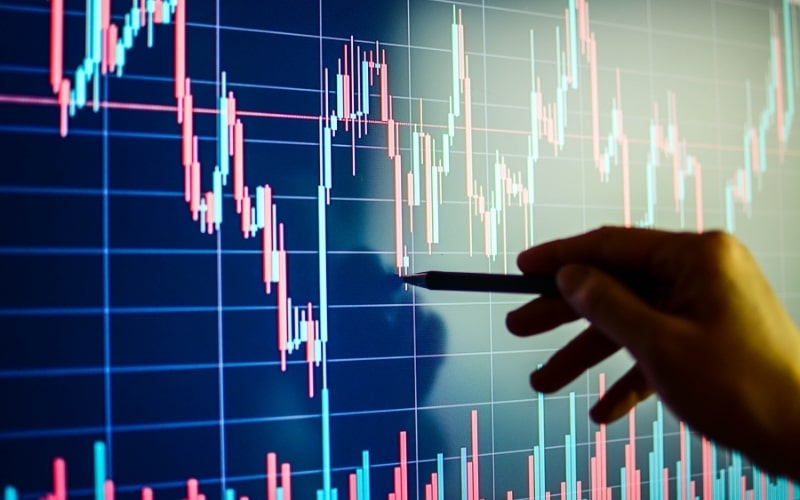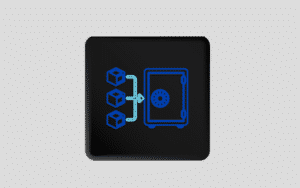Commodity index definition
One of the typical ways of trading in the commodities market is by focusing on a single item. For instance, a trader may choose to trade gold, which means that they will focus solely on the precious metal’s price movements and the underlying forces. It is also possible to broaden one’s horizon by entering trades within a sector, for instance, metals. A commodity index is an even broader package that focuses on the commodity market as a whole.
A commodity index is an investment measure that encompasses an array of commodities and tracks the price and yields of an array of commodities. By relying on the principle of diversification, the weighting is such that no single commodity can dominate the portfolio. Commodity indices differ on the number of embedded commodities and the weighting of each component. Furthermore, as opposed to earning dividends or interests, the investor will benefit from capital gains.
How a commodity index works
A commodity index works by availing an alternative investment option to traders who don’t want to invest in commodity futures. The overall value of the index depends on the integrated assets. This means that the components with a higher weighting have a greater impact on the index. For instance, the portfolio may have gold weighted at 20% and soybeans at 5%. In such a case, a rise in gold price by 2% will have a bigger impact on the index compared to a 2% increase in soybean price.
Furthermore, you will notice that a typical commodity index places more weight on precious metals like gold, and energy products like crude oil, compared to agricultural commodities such as sugar. This is because the commodities’ physical market size plays a part in the weighting process.
Besides, the encompassed commodity futures contracts have an expiry date. To facilitate the index’s continuity, the contracts are usually rolled over. This involves pushing the expiry date further ahead to a predetermined date.
Examples of commodity index
One of the popular commodity indices is the Dow Jones Commodity Index (DJCI). Participants in the commodity markets use it as a tool to measure the performance of commodity futures. It tracks the price movements of 28 different commodity futures that range from precious metals to energy products and agricultural commodities. In addition to enabling analysts and investors to analyze the commodity markets, the DJCI enables a trader to predict commodity prices via ETNs (exchange-traded notes) allied to the index.
Based on its equal-weighted structure, DJCI focuses on liquidity and diversification. As such, no individual commodity can make up over 15% of the index. Besides, a single sector cannot exceed one-third (33%) of the portfolio. To adhere to this criterion, the index gets rebalanced annually.
The Bloomberg Commodity Index (BCOM) is another well-established commodity index. Notably, it has several similarities to DJCI. For instance, it focuses on liquidity and diversification. Besides, it also has a criterion that ensures that one sector or commodity does not dominate the index. Its components are lesser than those of DJCI as it tracks 23 commodity futures.



